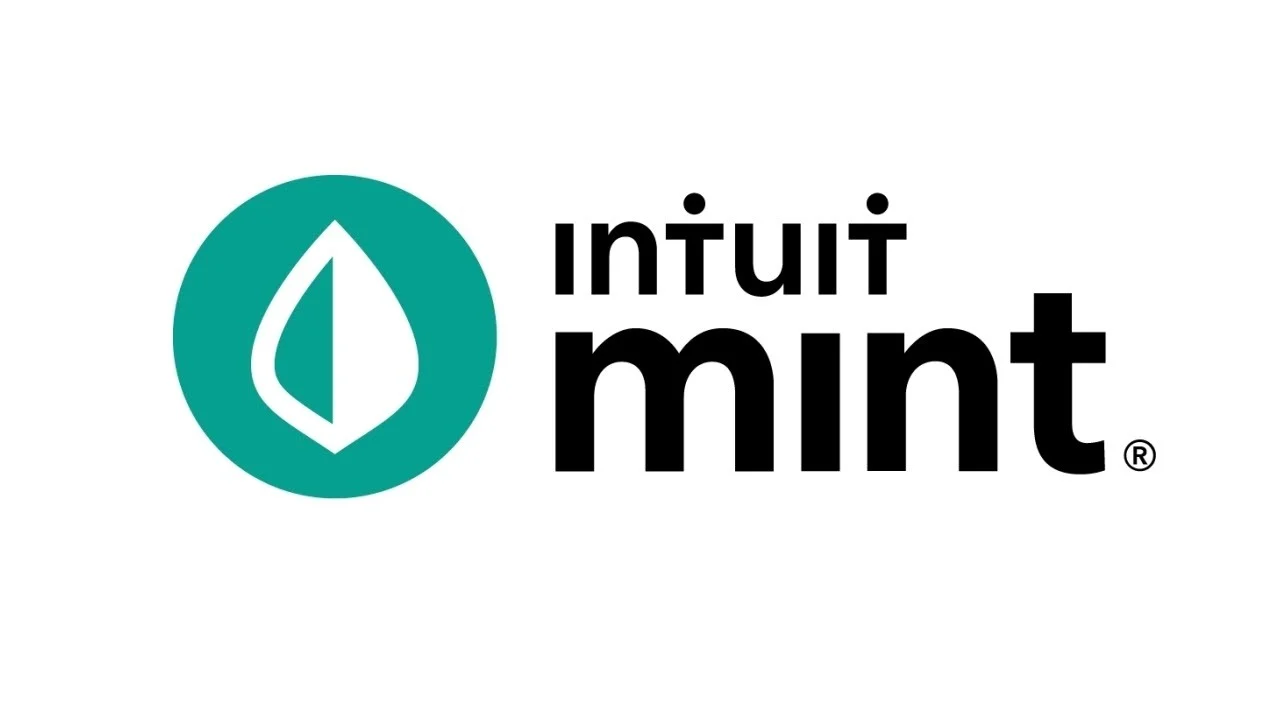Introduction
Mint is a widely used free personal finance management service, primarily known for its ability to aggregate various financial accounts (bank accounts, credit cards, loans, investments) into a single dashboard. It helps users track spending, create budgets, set financial goals, monitor their net worth, and access their credit score. While primarily an aggregation and visualization tool, Mint incorporates several subtle gamification elements – focusing on progress tracking, goal setting, alerts, and data visualization – to encourage users to engage with their financial data, understand their habits, and work towards financial improvement.
The Challenge: Making Financial Aggregation Engaging and Actionable
Many people struggle with managing finances spread across multiple accounts and often lack a clear picture of their overall financial health or spending patterns. Key challenges Mint addresses include:
- Financial Fragmentation: Difficulty seeing the complete financial picture when using multiple banks, credit cards, and investment platforms.
- Lack of Awareness: Not understanding where money is actually going due to infrequent tracking or complex statements.
- Budgeting Inertia: Finding the process of creating and sticking to a budget tedious or difficult.
- Goal Setting & Tracking: Difficulty setting realistic financial goals and monitoring progress towards them.
- Avoiding Negative Events: Preventing overdraft fees, late payment penalties, or overspending.
Mint uses gamification integrated into its data aggregation and visualization features to make managing finances less daunting and more insightful.
Gamification Elements in Mint
Mint’s gamification is primarily focused on feedback, visualization, and goal-oriented tracking:
- Budget Bars & Categorization:
- Mechanic: Users can create budget categories (e.g., Groceries, Restaurants, Entertainment) and set spending limits. Mint automatically categorizes transactions (with user overrides possible) and displays progress against the budget limit using visual bars (often color-coded green/yellow/red).
- Gamification Principle: Progress Bars, Resource Management (Budget Allocation), Real-time Feedback, Color-Coding (Status Indicator), Implicit Sorting Game (Categorization).
- Impact: Turns budgeting into a visual game of staying “in the green.” Provides immediate feedback on spending relative to limits, encouraging users to monitor categories and adjust behavior to stay within budget.
- Goal Setting & Tracking:
- Mechanic: Allows users to set specific financial goals (e.g., “Save for a Down Payment,” “Pay Off Credit Card Debt,” “Build Emergency Fund”) with target amounts and timelines. The platform tracks linked account contributions and visualizes progress towards the goal.
- Gamification Principle: Goal Setting, Quests (Financial Goals), Progress Bars, Milestone Tracking.
- Impact: Makes abstract financial goals concrete and trackable. Provides motivation by showing progress towards meaningful objectives, turning saving or debt reduction into an achievable quest.
- Alerts & Notifications (Nudges & Warnings):
- Mechanic: Sends notifications for various events: upcoming bill due dates, low bank balances, large transactions, going over budget in a category, or unusual spending detection.
- Gamification Principle: Nudges, Warning System, Real-time Feedback, Event Notifications.
- Impact: Acts as a proactive feedback system. Helps users avoid negative outcomes (late fees, overdrafts) and stay aware of their financial activity, gamifying vigilance and timely action.
- Spending & Net Worth Trends (Data Visualization & Score Keeping):
- Mechanic: Displays charts and graphs showing spending breakdowns by category or merchant over time, as well as trends in overall net worth (assets minus liabilities).
- Gamification Principle: Data Visualization, Performance Reports, Score Keeping (Net Worth), Progress Monitoring.
- Impact: Presents financial history in an easily digestible visual format. Tracking net worth provides a high-level “score” of financial health, motivating long-term positive trends. Spending charts gamify the understanding of financial habits.
- Credit Score Monitoring:
- Mechanic: Provides free access to the user’s credit score (typically from TransUnion) and sometimes highlights factors influencing it. Changes over time are tracked.
- Gamification Principle: Score Keeping, Status Indicator (Score Tier), Progress Monitoring, Feedback (Influencing Factors).
- Impact: Gamifies credit health monitoring by providing a key score to track and potentially improve. Encourages users to check their score regularly and understand contributing factors.
- Account Aggregation (Centralized Dashboard):
- Mechanic: The core feature of pulling data from multiple financial institutions into one place.
- Gamification Principle: Centralized Hub, Information Consolidation, Reduced Friction.
- Impact: While primarily functional, having all financial “game stats” in one dashboard significantly reduces the friction of tracking, making ongoing engagement with budgeting and goal setting much easier and more likely.
- Personalized Insights (“Mintsights”):
- Mechanic: Uses algorithms to analyze spending and saving patterns and offer personalized tips or observations (e.g., “You spent more on X this month,” “Consider setting a goal for Y”).
- Gamification Principle: Personalized Feedback, AI Coaching (implicit), Performance Analysis.
- Impact: Provides tailored feedback that can guide users towards better financial habits, acting like personalized tips within the financial management “game.”
Impact on Financial Awareness and Habits
Mint’s subtly gamified approach aims to:
- Increase Financial Visibility: Provide a clear, unified view of income, spending, assets, and liabilities.
- Improve Spending Awareness: Help users understand where their money goes through categorization and trends.
- Encourage Budget Adherence: Visual budget bars and alerts motivate users to stay within limits.
- Facilitate Goal Achievement: Make saving and debt payoff goals more tangible and trackable.
- Reduce Financial Stress: Proactive alerts help users avoid fees and stay informed.
Overall Score: 3/5
Mint earns a 3/5 for its effective use of light, data-visualization-focused gamification to make personal finance aggregation and basic budgeting more accessible and engaging for a broad audience. Its strengths lie in consolidating financial information and presenting it clearly through graphs, budget bars, and alerts, which successfully lowers the barrier to financial awareness for many users. Goal tracking provides basic motivational structure.
The score reflects that Mint’s gamification is significantly less directive and behavior-change focused compared to dedicated budgeting methodologies like YNAB or apps with stronger reward/penalty systems. It excels at showing users their financial picture but offers less robust tools or methodologies to actively change it beyond basic budgeting and alerts. Motivation relies heavily on the user interpreting the data and deciding to act. Its business model (showing targeted offers for financial products) also influences the user experience and recommendations.
Pros of Mint’s Gamification Approach
- Excellent Data Aggregation & Visualization: Provides a clear overview of finances.
- Lowers Barrier to Financial Tracking: Free and relatively easy to set up.
- Helpful Alerts System: Proactively notifies users about important events.
- Good Goal Tracking Features: Makes savings and debt goals visible and trackable.
- Increases Financial Awareness: Helps users understand spending patterns.
- Free to Use (Ad/Offer Supported): Accessible to a wide audience.
Cons of Mint’s Gamification Approach
- Subtle/Light Gamification: Lacks strong points, levels, badges, or competition.
- Less Focus on Behavior Change Methodology: More informational than directive compared to apps like YNAB.
- Data Privacy Concerns: Requires linking all financial accounts, granting extensive data access.
- Syncing Issues & Categorization Errors: Relies on bank connections that can break; auto-categorization isn’t always accurate.
- Business Model Influence: Recommendations and offers are tied to affiliate revenue.
- Can Be Passive: Users might monitor data without taking significant action.
Conclusion
Mint successfully utilizes subtle gamification, primarily through data visualization, goal tracking, and alerts, to make personal finance aggregation less intimidating and more insightful for millions. By presenting budgets as progress bars, net worth as a trackable score, and goals as achievable quests, it encourages users to engage more frequently with their financial data. While lacking the deep behavioral change mechanics or strong game loops of some other financial apps, Mint provides a valuable, gamified overview that serves as an effective starting point for many individuals seeking greater financial awareness and control.
Estimated reading time: 7 minutes


